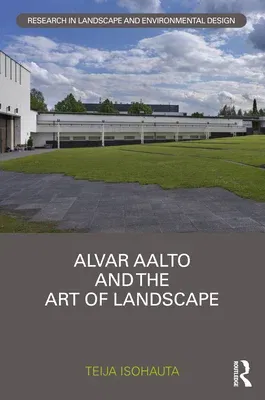Alvar Aalto and The Art of Landscape captures the essence of the
Finnish architect's landscape concept, emphasising culture and
tradition, which characterised his approach to and understanding of
architecture as part of the wider environment. From the forests of his
youth to sights from his travels, Alvar Aalto (1898-1976) was influenced
by outdoor landscapes. Throughout his career, he felt the need to shape
the terrain and this became a signature of his architecture. Divided
into five chapters, this book traces Aalto's relationship with
landscape, starting with an analysis of his definitions and descriptions
of landscape language, which ranged from natural references and
biological terms, to synonyms and comparisons. It includes beautifully
illustrated case study projects from the 1950s and 1960s, discussing
Aalto's transformation of different landscapes through topography,
terracing and tiers, ruins and natural elements, horizon outlines,
landmarks, and the repetition of form. Featuring archival sketches,
garden drawings, and plans, the book also contains Aalto's text
'Architecture in the Landscape of Central Finland' from 1925 in the
appendix. This book provides fascinating, untold insights into Aalto's
relationship with landscape and how this developed during his lifetime,
for scholars, researchers, and students interested in architecture and
landscape history, landscape art, and cultural studies.

